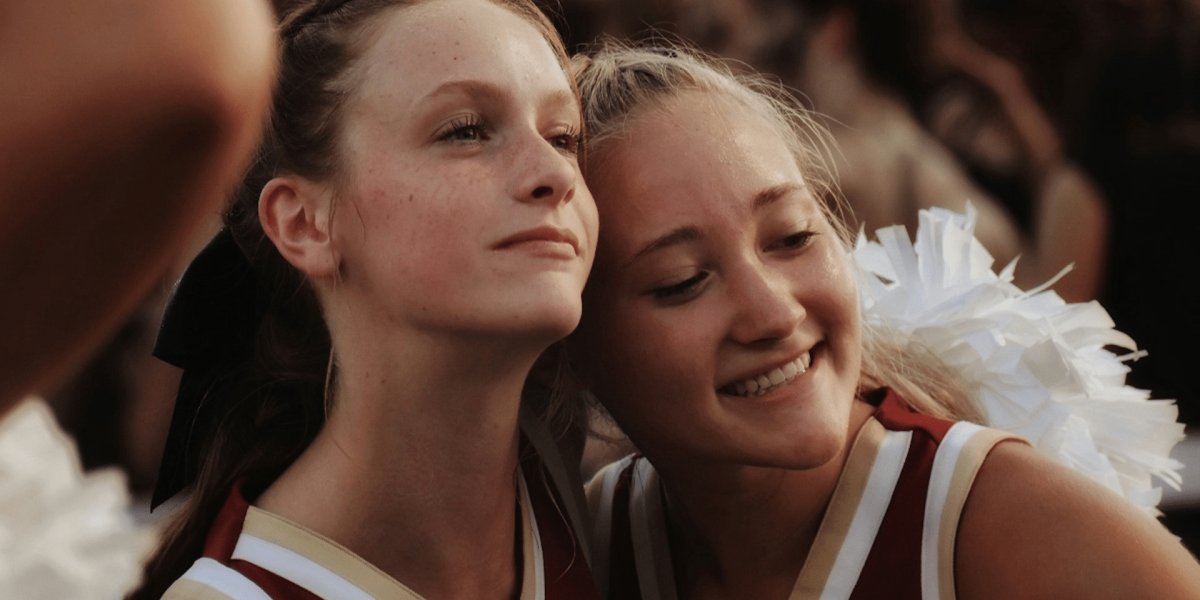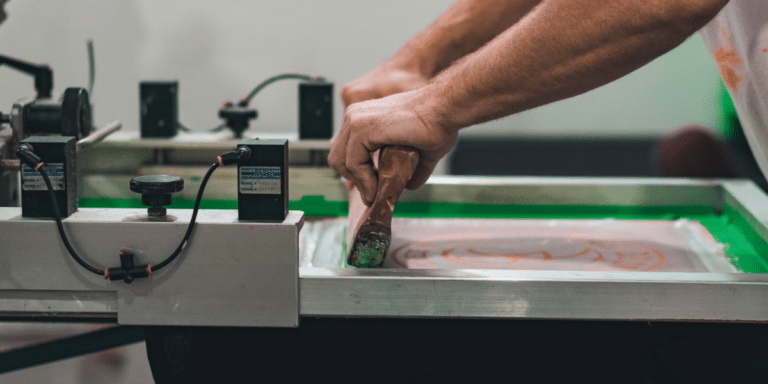Cheerleading, often overlooked and underestimated, is much more than just pompoms and chants—it’s a dynamic and demanding sport that requires athleticism, skill, and teamwork. While cheerleading has long been associated with sideline support and halftime entertainment, it has evolved into a competitive sport in its own right, with athletes performing intricate routines that showcase strength, agility, and precision. This article aims to shed light on the underrated sport of cheerleading, exploring its history, evolution, and the athleticism required to excel in this challenging discipline.
A Brief History of Cheerleading
Cheerleading traces its roots back to the late 19th century, when organized cheers and chants first appeared at collegiate football games in the United States. Initially, cheerleading was primarily a male-dominated activity, with cheerleaders leading crowds in synchronized cheers and chants to boost morale and support their teams. However, the sport underwent a significant transformation in the 20th century, with the inclusion of acrobatic stunts, tumbling passes, and choreographed routines that showcased athleticism and skill. Today, cheerleading encompasses a wide range of disciplines, including competitive cheer, sideline cheer, and stunt cheer, each with its own unique set of skills and requirements.
Evolution into a Competitive Sport
In recent decades, cheerleading has evolved from a sideline activity to a highly competitive sport with its own governing bodies, leagues, and championships. Competitive cheerleading combines elements of gymnastics, dance, and acrobatics, challenging athletes to perform intricate routines that incorporate tumbling, stunting, jumping, and dancing. Teams compete in various categories, including cheer, dance, and stunt, showcasing their skills and creativity in front of judges and audiences. The rise of competitive cheerleading has elevated the sport’s profile and provided athletes with opportunities to showcase their talents on a national and international stage.
Athleticism and Skill Requirements
Contrary to popular misconceptions, cheerleading requires a high level of athleticism, strength, and coordination. Athletes must possess excellent balance, flexibility, and body control to execute stunts, tumbling passes, and jumps with precision and grace. Additionally, cheerleaders undergo rigorous training regimens to build strength and endurance, allowing them to perform multiple routines and stunts with ease. From mastering difficult tumbling sequences to executing intricate pyramid formations, cheerleaders showcase their athleticism and skill in every aspect of their performance.
Teamwork and Collaboration
One of the defining features of cheerleading is its emphasis on teamwork and collaboration. Cheerleading routines require seamless coordination and synchronization among team members, who must work together to execute stunts, transitions, and formations with precision. Trust, communication, and mutual support are essential elements of successful cheerleading teams, as athletes rely on each other to perform safely and effectively. Through countless hours of practice and rehearsal, cheerleaders develop strong bonds and camaraderie that enhance their performance and unite them as a team.
Overcoming Stereotypes and Misconceptions
Despite its status as a legitimate sport, cheerleading continues to face stereotypes and misconceptions that diminish its significance and athleticism. Often dismissed as “cheerleaders” rather than athletes, cheerleaders confront outdated stereotypes that undermine their dedication, skill, and hard work. However, as the sport continues to gain recognition and respect, athletes and advocates are challenging stereotypes and promoting the athleticism and artistry of cheerleading. By educating the public and showcasing the athleticism and skill of its athletes, cheerleading is breaking barriers and earning its rightful place in the world of sports.
Conclusion
In conclusion, cheerleading is an underrated sport that demands athleticism, skill, and teamwork. From its humble beginnings as sideline entertainment to its evolution into a competitive discipline, cheerleading has overcome stereotypes and misconceptions to emerge as a respected and revered sport. Athletes train tirelessly to master the intricacies of tumbling, stunting, and dancing, showcasing their athleticism and artistry on the mat and on the sidelines. As cheerleading continues to grow in popularity and recognition, it is essential to acknowledge the dedication and athleticism of its athletes and celebrate the sport for the dynamic and demanding discipline that it truly is.








